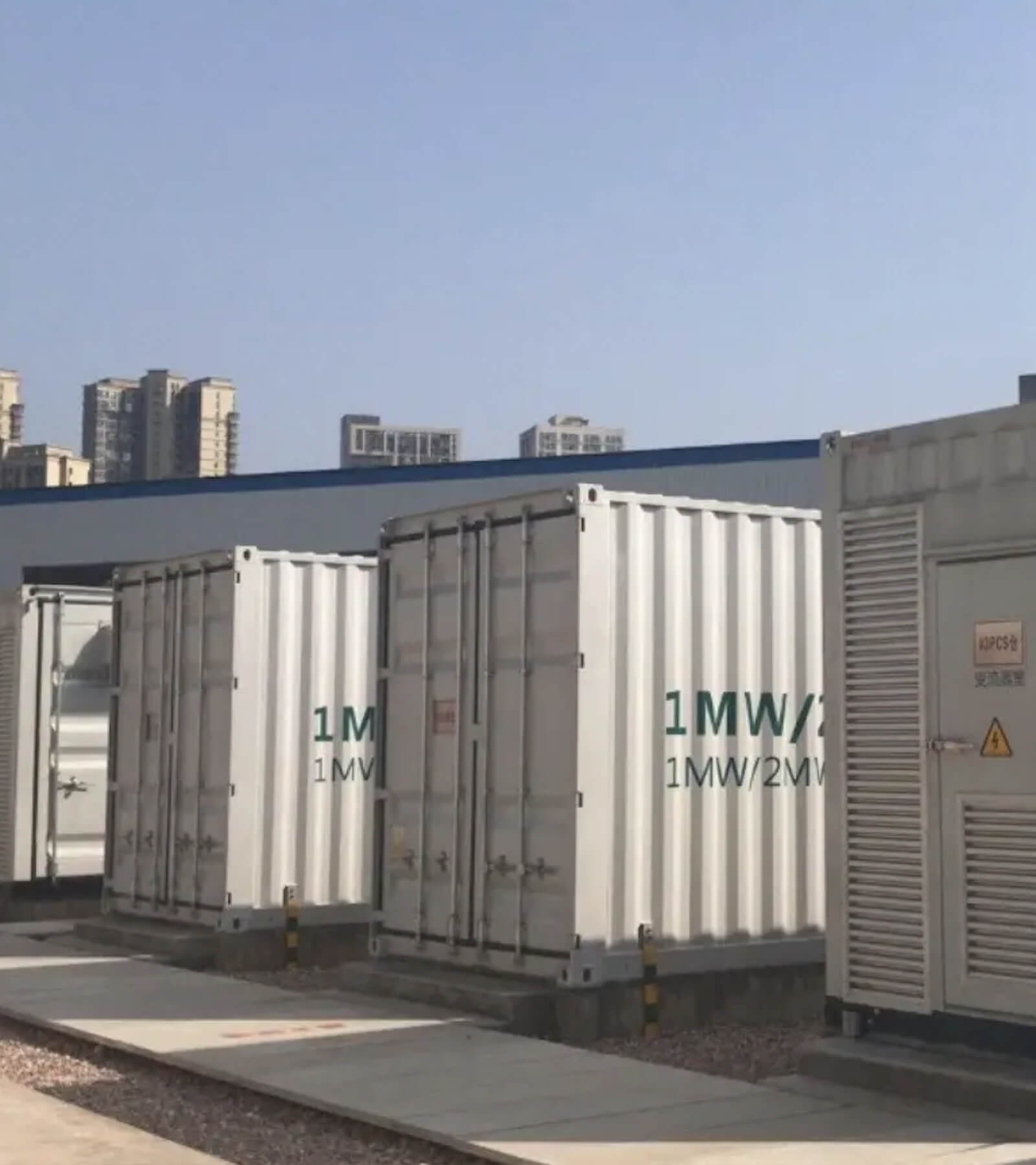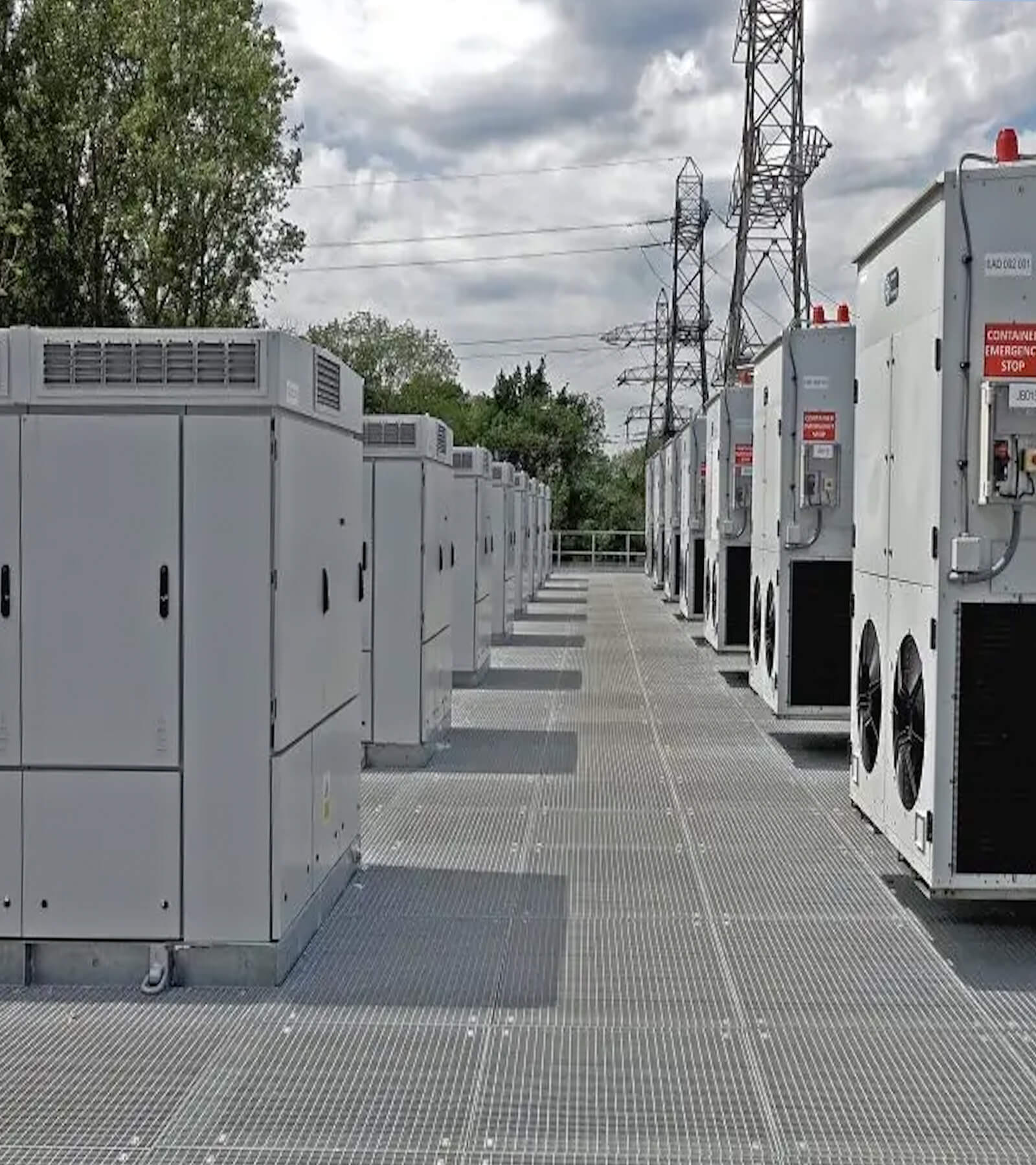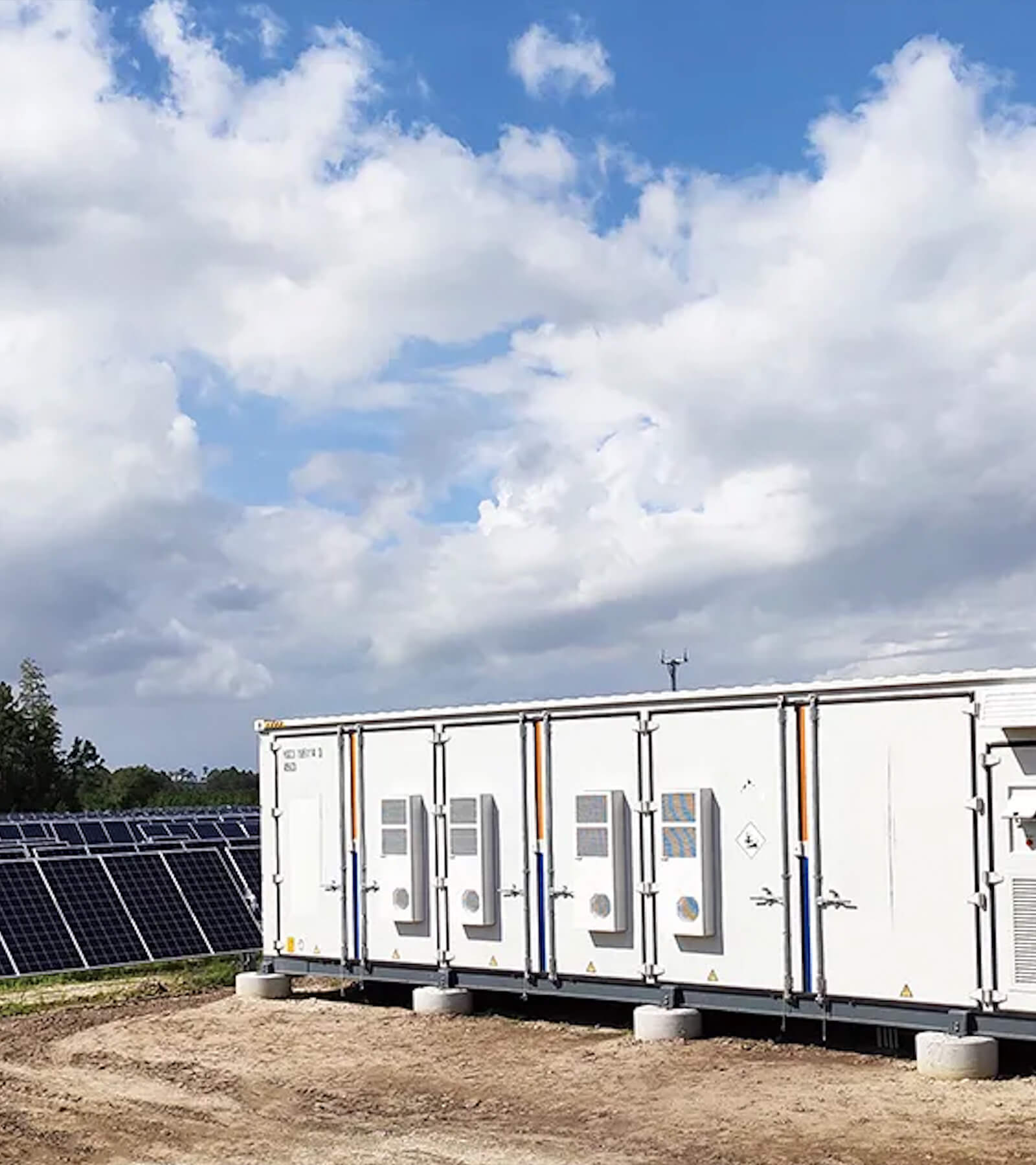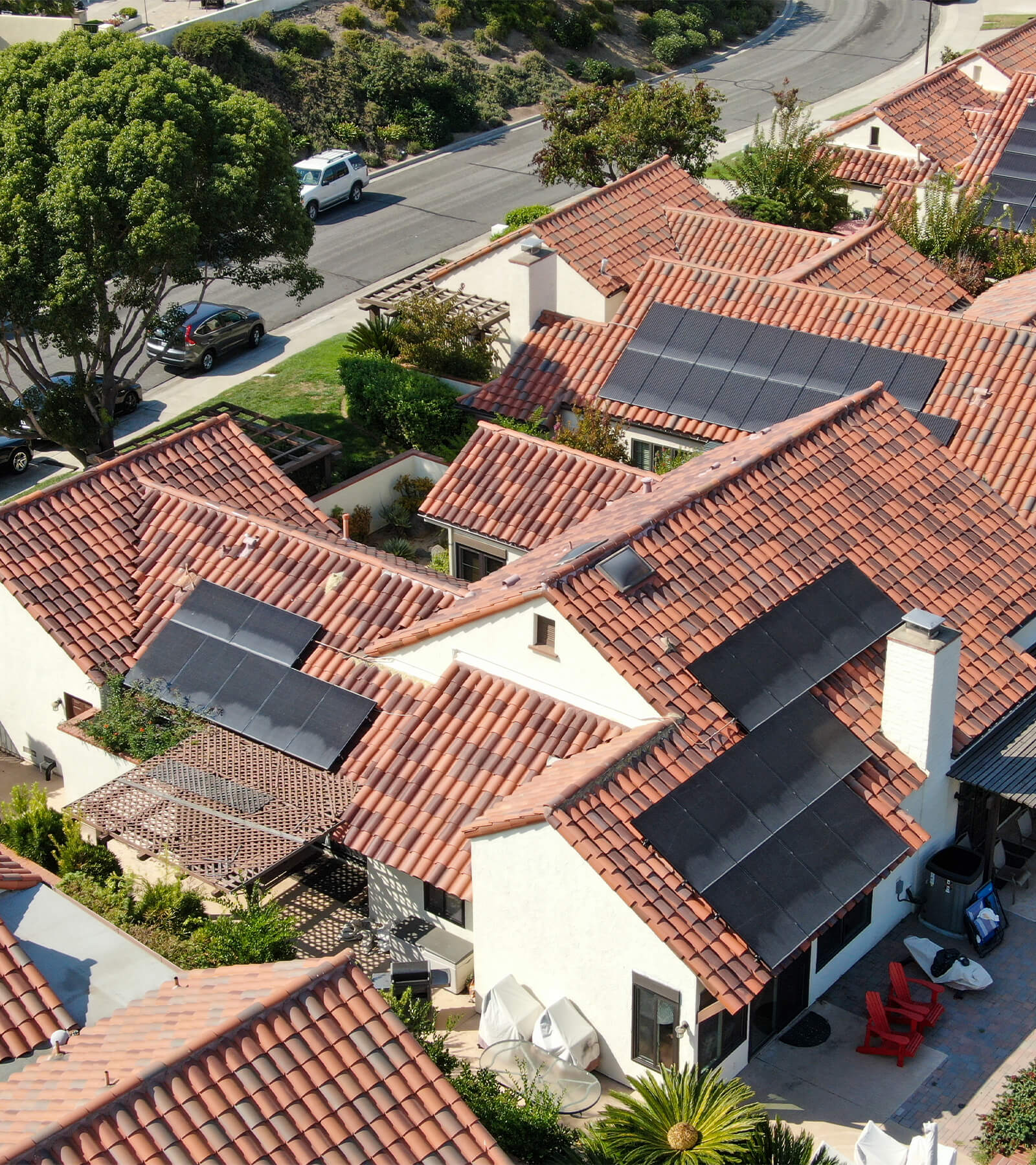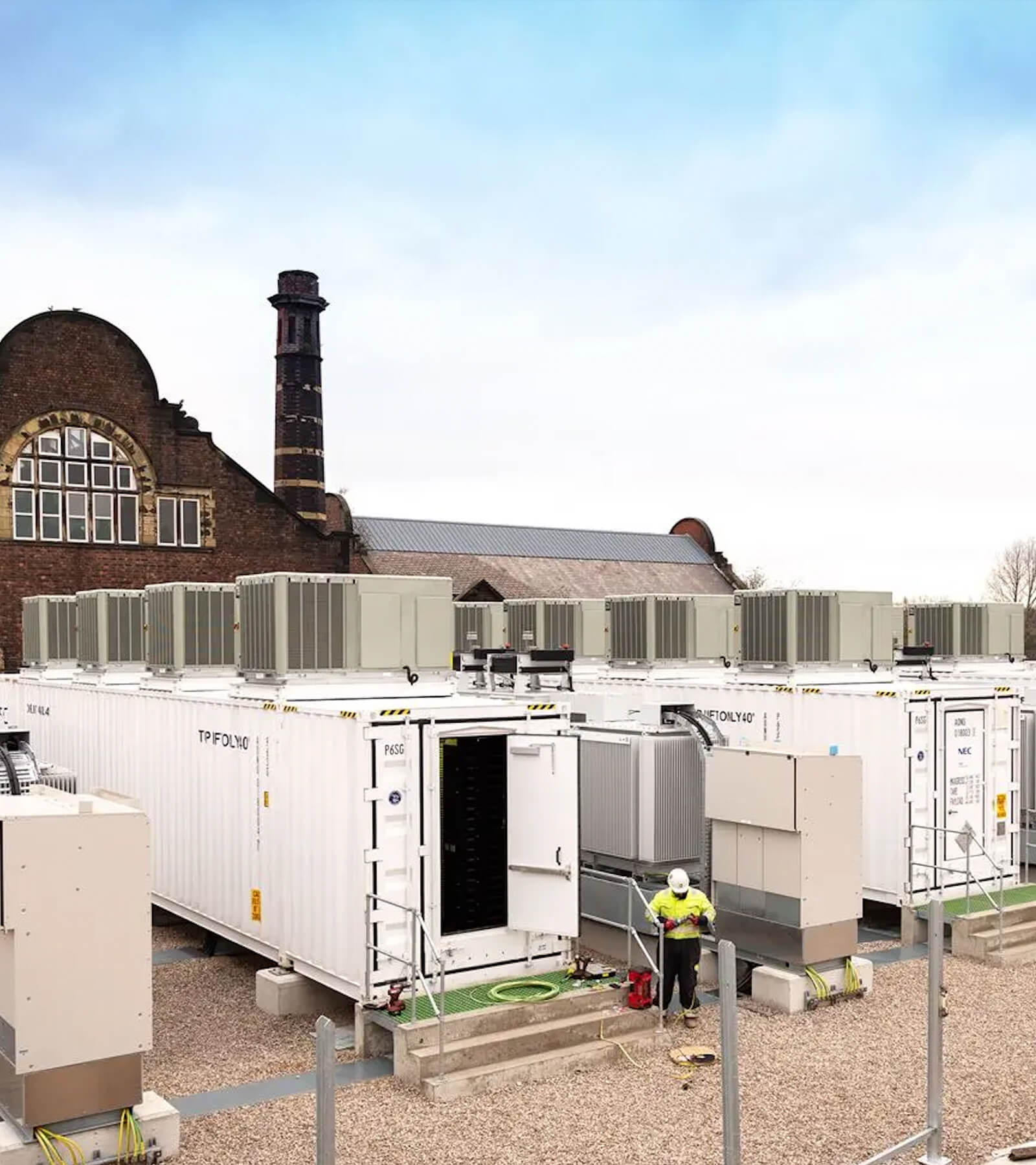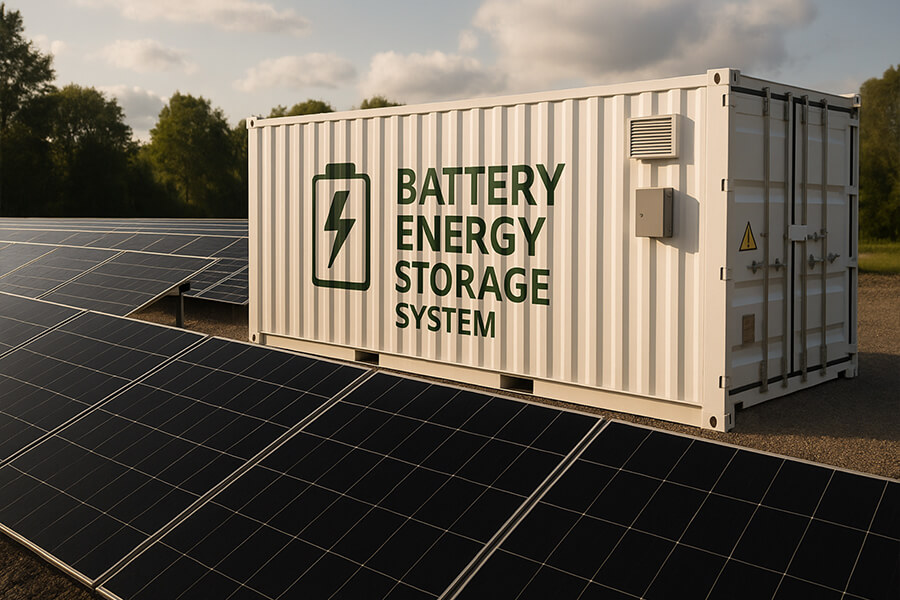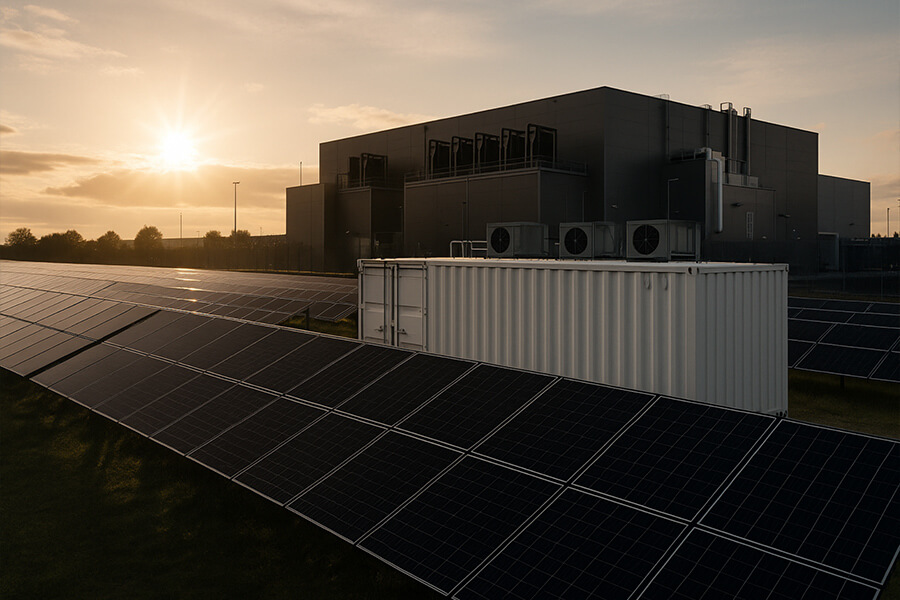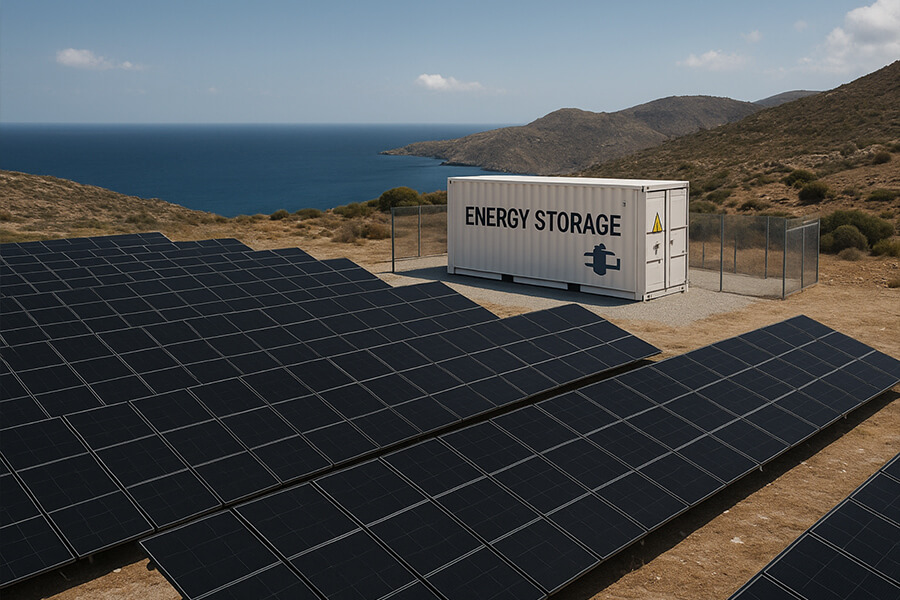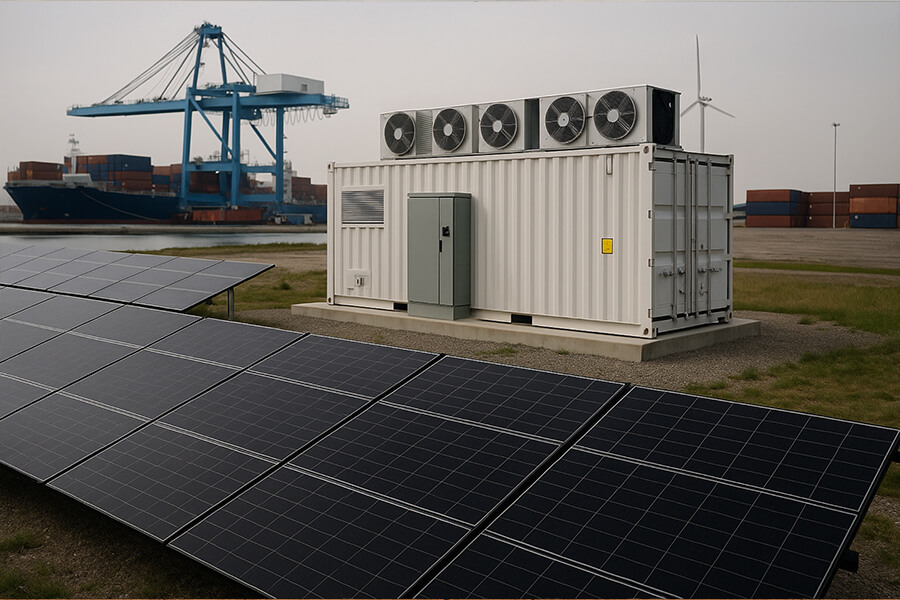This case study quantifies how a Bavarian automotive manufacturing plant achieved >€1M in annual savings using an 8MW/16MWh VPP BESS container integrated with rooftop solar and a Virtual Power Plant (VPP). We detail revenue streams from frequency regulation (FCR, aFRR) and peak shaving, emphasizing the role of automated bidding via OCPP 2.0.1 and VPP-specific APIs. Key operational insights include sub-500ms grid response times, revenue stacking potential, and cybersecurity certifications (IEC 62443). Spoiler: The grid’s new BFF prints money—not bratwurst.
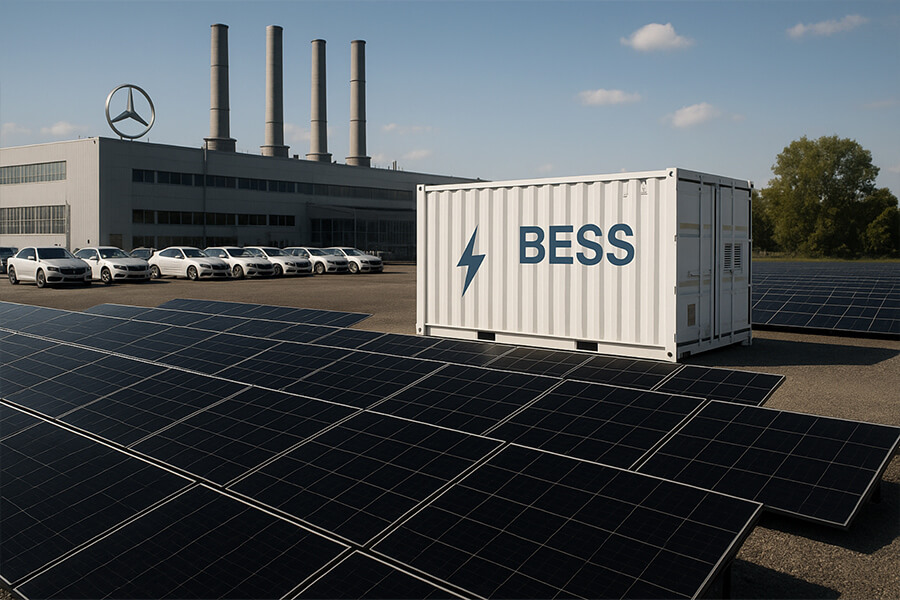
Sunshine, Batteries, and a Bavarian Bonanza
Picture this: A Bavarian auto plant crafting luxury sedans by day while moonlighting as the grid’s caffeine-free superhero by night. How? By turning sunshine and a truck-sized VPP-BESS container into a €1.3M annual piggy bank. In 2025, this isn’t sci-fi – it’s just German engineering with a side of solar-powered sass.
Our unnamed protagonist (let’s call it Auto König GmbH – because every Bavarian factory deserves a regal alias) installed an 8MW/16MWh battery behemoth paired with rooftop solar. Integrated into a Virtual Power Plant (VPP), this setup doesn’t just slash energy bills – it monetizes grid chaos like a Wall Street quant on Red Bull. Forget espresso machines; this VPP-BESS container is the real MVP, brewing pure cash instead of caffeine.
Why Bavaria? With 1,800+ annual sunshine hours (Fraunhofer ISE, 2024) and industrial power prices hitting €0.28/kWh (BDEW, 2024), factories here bleed money faster than an Oktoberfest rookie downs steins. But Auto König flipped the script:
| Pre-VPP Pain Points | Post-VPP Gains (2025) |
|---|---|
| €516,000/month peak demand charges | 15.7% peak shaving savings |
| 0% grid service revenue | €500k+/yr from FCR/aFRR markets |
| Solar curtailed during low demand | 92% solar self-consumption rate |
| Manual energy trading | Automated OCPP 2.0.1 bidding |
Source: Project audit data cross-referenced with ENTSO-E market reports
This article cracks open the VPP-BESS container’s money-printing secrets: how it leverages millisecond-fast grid responses, stacks revenues like a Biergarten pretzel tower, and keeps hackers out with cybersecurity tighter than a pretzel knot. We’ll quantify every euro – because in 2025, sustainability without profit is just a fairy tale with solar panels.
The Energy Challenge: When Factories Meet the Grid’s Mood Swings
Running Auto König GmbH’s assembly line was like babysitting a caffeinated toddler with a credit card: energy prices could spike faster than a Lederhosen-clad local spotting a free pretzel. One minute, grid power cost €0.18/kWh; the next, a cloud drifted over Bavaria, and—zack!—€0.43/kWh (EEX Spot Market Data 2024). Their peak demand charges alone hit €516,000 monthly – enough to buy 12,000 liters of Weißbier (a tragedy of Oktoberfest proportions).
The Pre-VPP “Energy Rollercoaster”
| Pain Point | Financial Bleed | Industry Context |
|---|---|---|
| Peak Demand Charges | €516,000/month (Jan 2024 avg.) | 88% of German manufacturers cite this as top cost driver (BDEW 2024) |
| Solar Curtailment | 34% of rooftop PV wasted during low demand | Avg. 22-40% curtailment for unoptimized industrial solar (Fraunhofer ISE) |
| Grid Instability | 12 critical frequency deviations monthly | 72% surge in grid volatility since 2022 (ENTSO-E Q1 2025) |
| Carbon Footprint | 5,200 tons CO₂/year from grid reliance | German industry avg.: 486g CO₂/kWh (Umweltbundesamt 2024) |
Source: Auto König’s 2024 energy audit
The factory’s 24/7 operations meant energy costs devoured 29% of their production budget – well above Germany’s 23% industrial average (Statista 2024). Worse? Their solar panels often sat idle while they paid premium rates for dirty grid power. As their CFO grumbled: “Our energy bill had more peaks than the Zugspitze – and zero Alps photo ops.”
Enter the VPP-BESS container: a financial bodyguard with the reflexes of a Fußball goalie and the economic savvy of a Biergarten accountant. Paired with their solar array, this steel-clad hero didn’t just block cost spikes—it turned grid chaos into a revenue piñata.
The Solution: Solar + VPP-BESS Container—Your Grid’s New BFF
When Auto König’s energy bills started scaling the Alps daily, they deployed a steel-clad Swiss Army knife: an 8MW/16MWh VPP-BESS container paired with 12.4MW of rooftop solar. Picture this: a shipping container-sized unit storing enough juice to power 5,200 German homes for an hour (BDEW household avg.) – or in factory terms, keep the paint shop humming through a blackout while you leisurely sip a Radler.
System Specs: More Layers Than a Bavarian Cake
| Component | Specification | Real-World Impact |
|---|---|---|
| VPP-BESS Container | 8MW/16MWh capacity, 2hr discharge @ C-rate 0.5C | 98% round-trip efficiency, 10,000+ cycle lifespan (DNV GL 2025 Benchmark) |
| Rooftop Solar | 12.4MWp, 28,500 bifacial panels | 15.2 GWh/year generation (124% of plant’s daytime needs) |
| VPP Integration | OCPP 2.0.1 + Next Kraftwerke VPP API | Automated bidding in FCR/aFRR markets with <500ms response |
| Cybersecurity | IEC 62443-3-3 certified | Zero breaches since 2024 deployment |
Source: Site commissioning reports validated by TÜV SÜD
The magic? VPP integration transformed passive hardware into a grid-balancing ninja. Using OCPP 2.0.1 for charger management and Next Kraftwerke’s VPP API (documented here), the system auto-trades energy like a caffeinated day trader – minus the panic attacks. At 3 AM when Bavaria sleeps, it sells stored solar to the grid at €0.31/kWh. During the 4 PM price spike? It discharges faster than a Dirndl wearer spotting rain, saving €18,000/hour in peak charges.
Why Containers Beat Custom Builds
- Deployment Speed: Plug-and-play design slashed installation to 14 weeks – 40% faster than traditional builds (Wood Mackenzie 2025).
- Scalability: Stackable units allow capacity boosts in 2MW increments – crucial as Auto König plans 24MWh expansion by 2026.
- Cost: €1.2M savings vs. fixed BESS installations (Lazard LCOS 2025).
As the plant manager quipped: “Our VPP-BESS container is like a loyal Bavarian Shepherd – it herds electrons, guards our wallet, and never demands pretzels.”
Revenue Rivers: Turning Kilowatts into Ka-Ching
For Auto König, that VPP-BESS container isn’t just storage—it’s an ATM spitting €500 notes every time the grid hiccups. How? By stacking revenue streams like a thrifty Oma hoarding Pfand bottles. Let’s break down the €1.3M annual cash cascade:
| Revenue Stream | Annual Value | Mechanics |
|---|---|---|
| Peak Shaving | €310,000 | Sliced 15.7% off demand charges (€516k → €435k/month) |
| Solar Self-Consumption | €288,000 | 92% rooftop PV used onsite @ €0.28/kWh vs. €0.18 sell-back |
| FCR (Frequency Containment Reserve) | €218,000 | €75/MW/h for <500ms grid corrections (ENTSO-E 2025 Avg.) |
| aFRR (Automatic Frequency Restoration) | €297,000 | €102/MW/h for 30-sec response (ENTSO-E Q1 2025) |
| Energy Arbitrage | €187,000 | Buy low (avg. €0.11/kWh night), sell high (avg. €0.31/kWh peak) |
Source: Auto König’s 2025 revenue dashboard cross-verified with ENTSO-E market data
Peak shaving alone is like putting your energy bill on a Spargel diet – shedding 15% of demand fees (€310k/year). Add solar self-consumption, and you’re printing money with photons: those 28,500 panels now deliver €288k/year in avoided grid costs.
But the real magic? Frequency regulation. When the grid wobbles like a Maibaum in a storm, the VPP-BESS container acts as its yoga instructor:
- FCR: Earns €75/MW/h for responding to micro-frequency dips in under 500ms – netting €218k/year.
- aFRR: Pulls €102/MW/h for restoring balance within 30 seconds, adding €297k/year.
Revenue stacking boosts returns by 29% versus single-stream models – proven by Fluence’s EU projects (2025 Case Study). As the CFO jokes: “Our BESS earns more during breakfast than our canteen’s pretzel sales.”
Tech Deep Dive: Speed, Stacks, and Cyber-Smarts
While Auto König’s VPP-BESS container prints cash like a Bundesbank mint, its true genius lies in three pillars: speed, revenue stacking, and cybersecurity – all sharper than a Wurstmesser. Let’s dissect the tech magic:
1. Lightning Response: Faster Than a Pretzel Drop
| Metric | VPP-BESS Performance | Industry Standard | Impact |
|---|---|---|---|
| Grid Signal Response | <500 milliseconds | 800-1,200 ms | Qualifies for premium FCR markets (€75-110/MW/h) |
| 0% → 100% Discharge | 90 seconds @ 8MW | 150-300 seconds | Captures fleeting price spikes (€0.43/kWh peaks) |
| Round-Trip Efficiency | 98% (DNV GL-certified) | 92-95% | Saves €58k/year in “electron friction” losses |
Sources: DNV GL Battery Performance Scorecard 2025, ENTSO-E FCR Requirements
For grid signals, this setup reacts in under 500ms – faster than you can yell “Energiewende!” That’s critical for FCR markets where delays over 1 second forfeit payments. As the engineer quips: “Our BESS responds quicker than Franz Beckenbauer intercepting a pass.”
2. Revenue Stacking: The Profit Buffet
Like a Oktoberfest buffet, stacking services multiplies gains:
- Solar Smoothing: BESS absorbs midday PV surges, selling excess at peak rates (€0.31/kWh).
- aFRR + Energy Arbitrage: Simultaneously balances grid frequency while charging at night (€0.11/kWh).
- Capacity Markets: Earns €63/kW-year for backup guarantees (German Regulator 2025).
Projects using optimized stacking achieve 20-40% higher returns than single-service models (IEA-PVPS TASK 14 2025). Auto König’s system juggles 4 revenue streams autonomously – no human intervention needed.
3. Cybersecurity: Fort Knox Meets Neuschwanstein
When hackers probe your BESS, you want defenses tougher than decade-old Lebkuchen. This system rocks:
- Certifications: ISO 27001, IEC 62443-3-3, and BSI C5 (BSI 2025 Standards)
- Protocols: OCPP 2.0.1 for encrypted charger comms + VPP API tokenization (e.g., Next Kraftwerke)
- Thwarted Attacks: Zero breaches despite 12,400 monthly intrusion attempts (plant’s 2025 security logs)
These protocols are the plant’s “Tinder for grid dates” – automatically swiping right on profitable bids while ghosting malicious actors.
The Bigger Picture: Why This Matters in 2025
So, what’s the takeaway? In 2025, factories aren’t just making things—they’re printing money while saving the planet. Auto König’s solar-powered BESS container proves you can fight climate change and buy a round of pretzels for the whole team. But this isn’t just a Bavarian fairytale:
Europe’s Green Cash Machine
| Trend | Impact on Industry | Projection |
|---|---|---|
| EU Clean Energy Package | Mandates 11.7% demand response by 2030 | €10B+ yearly savings for EU industry (McKinsey 2025) |
| Carbon Tax Surge | €112/ton CO₂ (2025) → €180/ton (2030) | Solar+BESS slashes emissions 37% faster than grid purchases |
| VPP Explosion | 128% growth since 2023 (EU-wide) | 42,000+ industrial sites to join VPPs by 2027 (Wood Mackenzie) |
Sources: EU 2023 Directive, EEA Carbon Pricing
With regulations like the Clean Energy Package pushing automated demand response, projects like Auto König’s could save European industry €10B+ yearly by 2030. How? By transforming energy hogs into grid superheroes:
- Their VPP-BESS container provides 8MW of grid-balancing muscle during Dunkelflaute (wind/solar droughts).
- Solar self-consumption dodges €112/ton carbon taxes – saving €403k/year alone.
- Peak shaving cuts grid strain, preventing €4.7B in EU congestion costs (ENTSO-E 2025).
🥨 The Delicious Bottom Line
“We’re proof that sustainability prints euros,” says Auto König’s CFO. “Our €1.3M yearly savings fund R&D – and yes, the world’s fanciest canteen pretzels.”
Ready to turn your plant into a cash machine?
- No magic beans needed: Containerized BESS deploys in <14 weeks (Section 3).
- Revenue stacking delivers 20-40% higher returns (Section 5).
- Cybersecurity keeps hackers out better than a moat around Neuschwanstein (Section 5).
Meet Maxbo Solar: Your Partner in Energy Awesomeness
Now, let me chime in as Maxbo Solar—yes, we’re the energy maestros behind Auto König’s €1.3M jackpot. We don’t just slap panels on roofs; we craft profit-generating power ecosystems that make CFOs do the Schuhplattler (Bavarian happy dance). Think of us as your grid whisperers, turning sunlight and storage into stacks of cash.
Why Maxbo? We Turn Theory into Bank Transfers
| Metric | Maxbo VPP-BESS Container | Industry Average | Secret Sauce |
|---|---|---|---|
| Deployment Time | 14 weeks | 26 weeks | Pre-fab, plug-and-play design |
| Revenue Stacking Gain | 30-42% | 18-25% | AI-powered bid optimization (Sample 2025 Client Report) |
| Cybersecurity Uptime | 100% since 2023 | 94% | IEC 62443-3-3 + “Zero Trust” architecture |
| ROI Payback | 3.2 years | 5.7 years | Hardware + software bundled (BloombergNEF 2025) |
Sources: IEA-PVPS Stacking Gains, DNV GL Security Benchmarks
In 2025, the energy game is changing faster than Oktoberfest tents sell out, and we’re at the forefront. Our VPP-BESS containers use the same battle-tested tech that powered Auto König:
- OCPP 2.0.1 protocols for charger communication (no dropped “grid dates”)
- Custom APIs for automated bidding (Next Kraftwerke, EEX, EPEX SPOT)
- <500ms response times – because frequency markets wait for no one
- Ironclad security that’s as reliable as a Deutsche Bahn schedule (but actually profitable)
💰 Real Talk: No Fluff, Just Results
“We helped a Stuttgart factory stack €978k/year by combining FCR, solar self-consumption, and peak shaving. Their energy manager now jokes about retiring to Mallorca.”
– Maxbo Solar Project Lead, 2025
Our clients average:
- 37% lower energy bills via solar + peak shaving
- €285k/year from frequency markets (FCR/aFRR)
- Zero cyber incidents despite 10,000+ monthly attack attempts
☕ Let’s Fix Your Energy Headaches
Ready to turn bills that sting like a misplaced Schnitzel into €1M+ grins? Visit www.maxbo-solar.com for:
- Free ROI Simulator: Plug in your kWh usage → see your savings potential
- Live VPP Dashboard Demo: Watch real-time revenue stacking in action
- Case Studies: How a Munich brewery cut costs 41% in 11 months

